Almost half of the world’s human population lives in coastal areas, and associated coastal development has significantly degraded or destroyed many coastal ecosystems. Burgeoning human populations and rising sea levels only further constrain the availability of habitat that coastal species depend on.
California’s 1,100 mile coast has more than 200 threatened, endangered or rare species living in coastal habitats. There are hundreds of coastal estuaries that provide critical rearing habitat for marine species, and are also important for recreation, water filtration, and carbon sequestration.
Only 10 percent of California’s historic coastal wetlands remain. Without intervention, we are at risk of losing 40 percent of our remaining coastal wetlands to sea level rise over the coming decades. Conservancy scientists are working to reverse these trends.

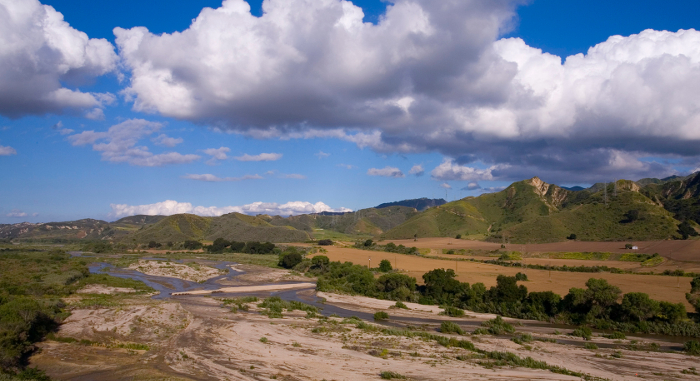
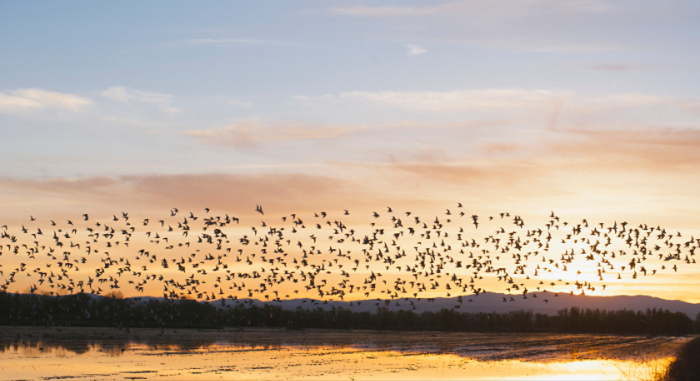

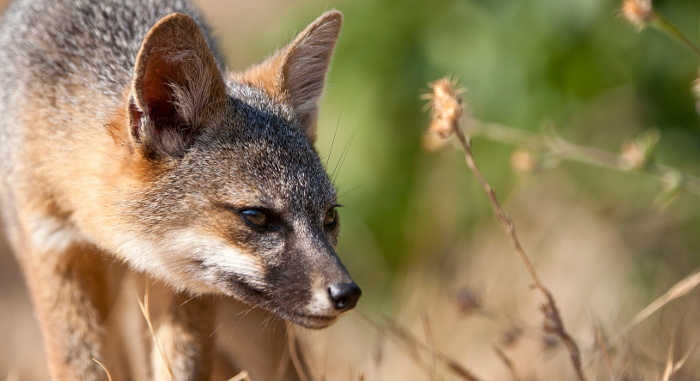
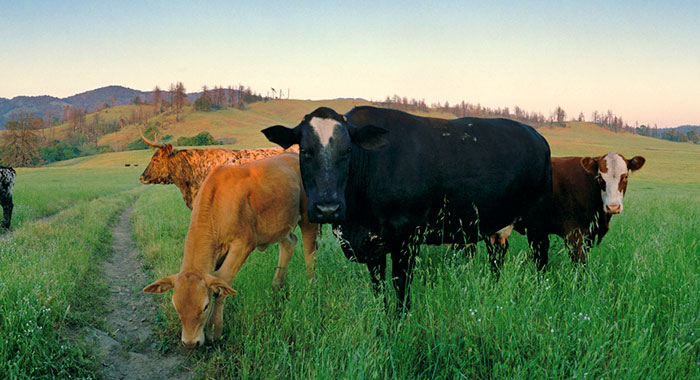
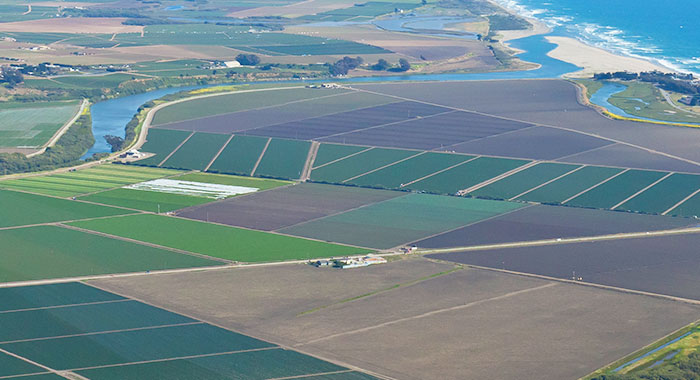

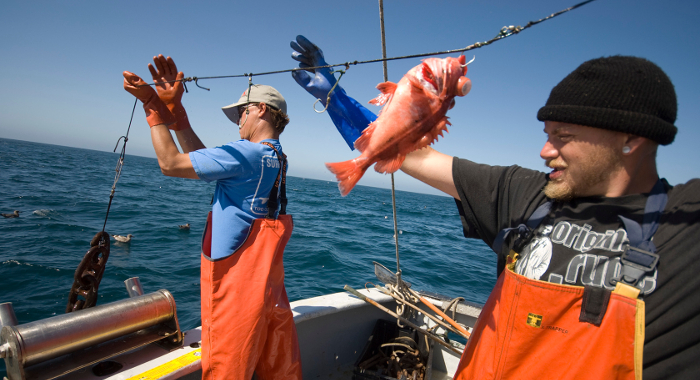
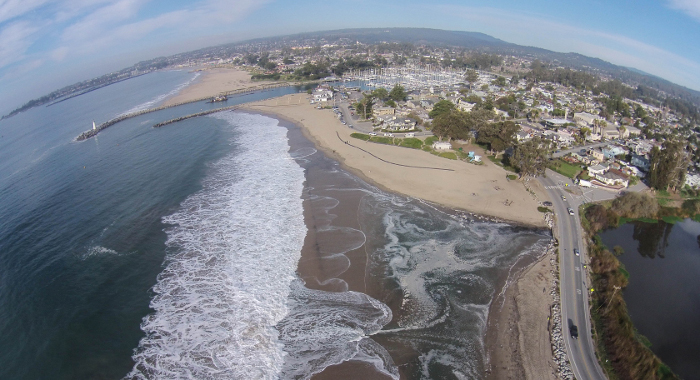

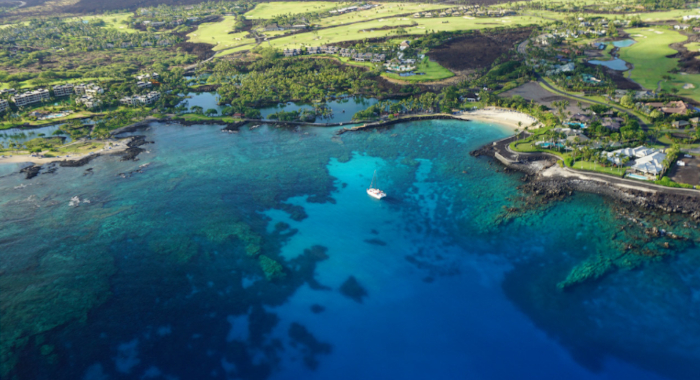
Mark G. Anderson, Melissa Clark, Arlene P. Olivero, and D. Richard Cameron
In response to biodiversity loss, scientists have called for the protection of well-connected systems of protected areas covering 30 to 50% of the planet. However, as climate change drives shifts in…Michael C. Melnychuk, Charmane E. Ashbrook, Richard J. Bell, Lyall Bellquist, Kate Kauer, Jono R. Wilson, Ray Hilborn, Jay Odell
America’s fisheries provide nearly two million jobs and contribute $117 billion to the national GDP. Although state and territory fisheries account for 40% of the commercial value of U.S. marine…Christopher M. Free, Camila Vargas Poulsen, Lyall F. Bellquist, Sophia N. Wassermann, Kiva L. Oken
Commercial and recreational fisheries in California influence a long and dynamic history of coastal economies, cultural heritage, and marine ecosystem health. Fisheries-dependent data sources are…Lyall Bellquist, William J. Harford, Frank Hurd, Alexis Jackson, Jeremy D. Prince, Jan Freiwald, Anna Neumann, Jack Likins, Jono Wilson
Conventional fisheries management relies largely on professional sources of scientific data collection, typically from academic or government institutions. Development of community-led data sources…Nicholas C. Wegner, Elan J. Portner, Drew T. Nguyen, Lyall Bellquist, Andrew P. Nosal, Alena L. Pribyl, Kevin L. Stierhoff, Paul Fischer, Ken Franke, Russell D. Vetter, Philip A. Hastings, Brice X. Semmens, and John R. Hyde
Historical overfishing led to depletion of several groundfish species on the US west coast. Two of these species, Cowcod and Bocaccio, heavily influenced the expansion of groundfish regulations to…Christopher M. Free, Sean C. Anderson, Elizabeth A. Hellmers, Barbara A. Muhling, Michael O. Navarro, Kate Richerson, Lauren A. Rogers, William H. Satterthwaite, Andrew R. Thompson, Jenn M. Burt, Steven D. Gaines, Kristin N. Marshall, J. Wilson White, Lyall F. Bellquist
As symptoms of climate change, extreme environmental events (e.g., marine heatwaves) now represent the greatest global threat to the oceans, causing profound ecosystem and socioeconomic impacts. The…Lindsay Bonito, Lyall Bellquist, Alexis M. Jackson, Kate Kauer, Mary G. Gleason, Jono Wilson, Stuart Sandin
Experimentation supports adaptive and climate-ready fisheries management in numerous contexts. Exempted Fishing Permits (EFPs) enable fisheries participants, scientists, and managers to…Scott A. Aalbers, Michael Wang, Lyall Bellquist, Kate Kauer, Alexis Jackson, Chugey A. Sepulveda
An emerging recreational fishery for swordfish has recently developed in California, outpacing existing fisheries monitoring programs, which prevents accurate estimation of swordfish catch and effort…Kristina Kreter, Shona Ganguly, Rowan Roderick-Jones, and Kelsey Jessup
New strategies to address urban runoff management with nature-based approaches offer promising solutions to alleviating climate change impacts—like urban heat, water shortages, and…Mario Zuliani, Nargol Ghazian, Malory Owen, Michael F. Westphal, H. Scott Butterfield, Christopher J. Lortie
As The Nature Conservancy embarks on restoration planning for its Strategic Restoration Strategy, it needs detailed information on the importance of shrubs to a suite of conservation targets,…Julie Zimmerman, Jennifer Carah, Kirk Klausmeyer, Gabe Rossi, Mia Van Docto, Jeanette Howard, Charlie Schneider, Matt Clifford, Monty Schmitt
Drought conditions are occurring with more frequency, greater severity, and longer duration under climate change. Human water use compounds the effects of drought, further stressing California’s…The Nature Conservancy, radbridge, Earth Economics
FEMA increasingly recognizes and emphasizes the role of nature-based solutions (NBS) for building community resilience to hazards like flood, wildfire, and drought, and the agency has made remarkable…Taylor-Burns, R., Heard, S., Beck, M. W.
There is growing evidence for the beneficial role that wetlands can play in reducing flood risk, but in many urban estuaries, coastal development has resulted in dramatic habitat loss and…Butterfield, H.S., J. Howard, Z. Principe, E. Inlander, S. Sweet, A. Craig, R. Mason, J. Knapp , M. Katkowski
For over 300 years, cattle and sheep have been grazed in California, from the Rancho era continuing to the present day. The Nature Conservancy has a long history in California and across the western…Jasmine Lu, Emily E. Hamblen, Lara J. Brenner, Julie L. King, Bridgett M. VonHoldt, Alexandra L. DeCandia
Over 50% of federally threatened Santa Catalina Island foxes (Urocyon littoralis catalinae) develop life-threatening ceruminous gland tumors in their ear canals. Previous work suggests that tumors may…Naomi S. Fraga, Brian S. Cohen, Andy Zdon, Maura Palacios Mejia, Sophie S. Parker
This paper presents novel botanical inventories of 48 desert springs as part of the Mojave Springs Research Project. The authors assess plant species composition and richness within and between…Grace C. Wu, Ryan A. Jones, Emily Leslie, James H. Williams, Andrew Pascale, Erica Brand, Sophie Parker, Brian Cohen, Joseph Fargione, Julia Souder, Maya Batres, Mary G. Gleason, Michael H. Schindel, Charlotte K. Stanley
This paper presents the results of the Power of Place-West project. The authors combined energy modeling with ecosystem and wildlife habitat data to determine the costs and impacts associated with…